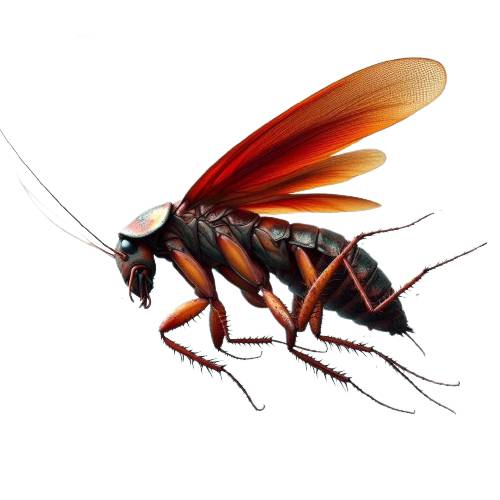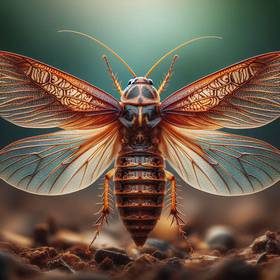Species of Flying Cockroaches
There are several species of flying cockroaches, with the most common being the American cockroach, Australian cockroach, and Brown-banded cockroach. The American cockroach, one of the largest, can grow up to 2 inches and is a strong flier. The Australian cockroach, slightly smaller at about 1.4 inches, is also adept at flying.
The Brown-banded cockroach, reaching about 0.5 inches, is known for its distinctive brown bands and occasional flight. These species use their flight abilities to escape predators, find food, and seek mates, making them particularly challenging pests.
The Brown-banded cockroach, reaching about 0.5 inches, is known for its distinctive brown bands and occasional flight. These species use their flight abilities to escape predators, find food, and seek mates, making them particularly challenging pests.
Geographic Distribution
The American cockroach is widespread across the United States, particularly in warmer southern states. It's also found in parts of Europe and Asia. The Australian cockroach thrives in tropical climates, commonly seen in Florida, Texas, and coastal regions of Australia. In contrast, the brown-banded cockroach prefers indoor environments and is prevalent in the Midwest and Northern U.S. cities. These cockroaches have adapted to different climates and regions, making them a common pest problem in both residential and commercial properties worldwide



